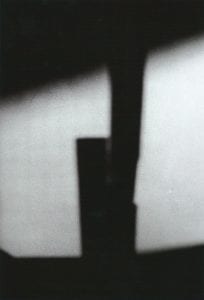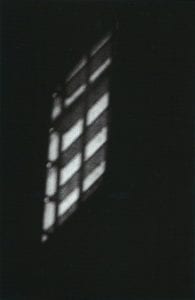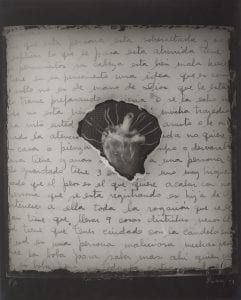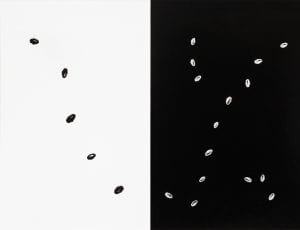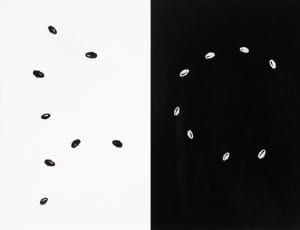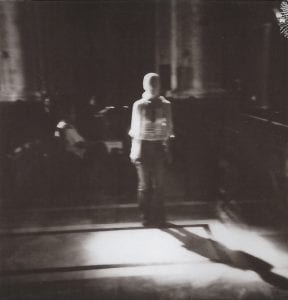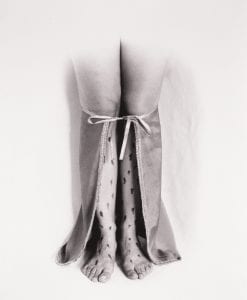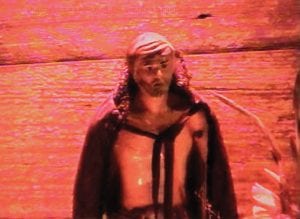
- This event has passed.
el otro lado del alma
January 21, 2015 - May 24, 2015
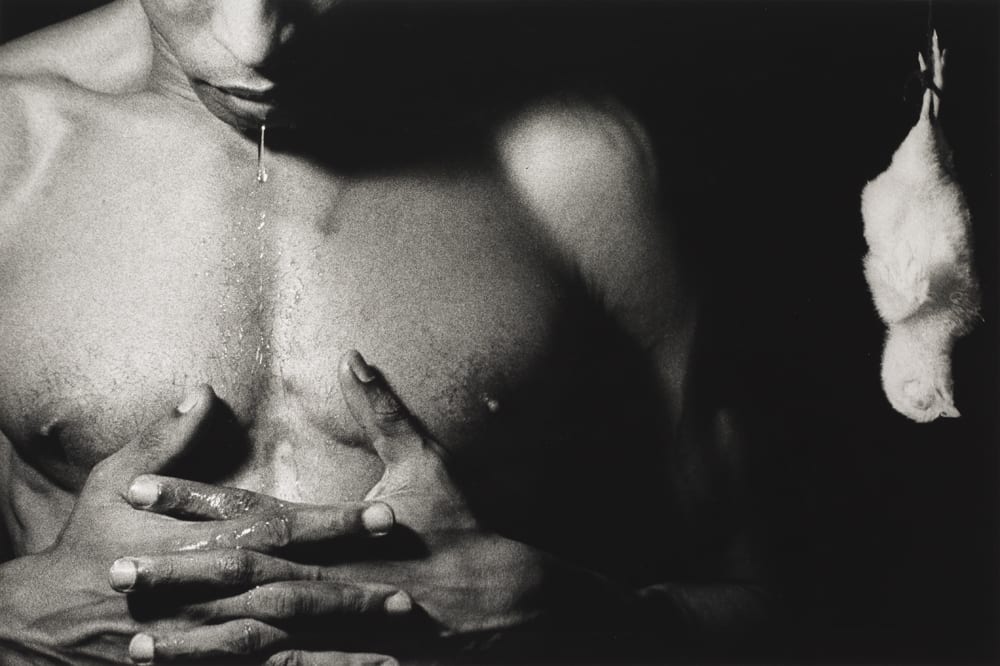
Syncretisms in Contemporary Cuban Photography
Curated by Moritz Neumüller
A gift to the LUAG Teaching Collection
Obscure rituals, sacred objects, and secret societies populate the exhibition el otro lado del alma: Syncretisms in Contemporary Cuban Photography, the first comprehensive exhibition to showcase the influence of Afro-Cuban spirituality in photography and video art. The exhibition also traces the development of photographic traditions within Cuba, from photojournalism to contemporary art.
The Afro-Cuban syncretic religion of Santería, originates from the blending of three influences – African spirituality, Spanish Catholicism, and the beliefs of Cuba’s native inhabitants. For example, the identity of the tribal deity Oggún merges with that of Saint Peter. Likewise Yemayá, the mother of all deities (orishas) becomes identified with certain manifestations of the Virgin Mary.
The exhibition focuses on artists residing in Cuba, who have close ties to these Afro-Cuban religions. They include: Pedro Abascal, Jorge Luis Álvarez Pupo, Marta María Pérez Bravo, Sandra Ramos, Humberto Mayol, Juan Carlos Alóm, Raúl Cañibano, René Peña, Elio Delgado, Ticardo Elías, Kattia García Fayat, LyN, and Ramón Pacheco.
El otro lado del alma (translated “the other side of the soul”) is curated by Dr. Moritz Neumüller and was produced in cooperation with the Fototeca de Cuba, Havana’s Museum of Photography. Neumüller graduated from the University of Vienna in Art History and from the Vienna University of Economics in Commerce. He has worked for the Department of Photography at the Museum of Modern Art in New York and supervised several international book and exhibition projects on photography and video art. Neumüller has directed various activities of PhotoEspaña, the Spanish Festival of Photography and Visual Arts, in the editions of 2004-2007, and the International Video Festival & Fair LOOP Barcelona, in its edition of 2008.
Excerpts from the catalog essay The Other Side of the Soul, by Moritz Neumüller:
Cuban culture has often been described as a product of a syncretistic process, in which Afro-Cuban cults play an important part. These religions originate from the intermingling of African spirituality with Spanish Catholicism and beliefs of the native inhabitants. El otro lado del alma (the other side of the soul) was produced in cooperation with the Fototeca de Cuba, Havana’s Museum of Photography. It is the first comprehensive exhibition on the role of syncretisms in contemporary Cuban photography and video art. At the same time, the subject serves to contrast two vivid photographic traditions on the island: On the one hand, the great achievements of Epic Photography which are still widely present in reportages and journalistic photography. On the other hand, contemporary Cuban photography and video art are often seen in the context of New Cuban Art and neo-conceptualism. These new approaches have largely supplanted the documentary viewpoint in recent art exhibitions and publications.
…
The Afro-Cuban religions have an important place in the religious life of the island. These religions have their origins in African cults imported by slaves to their new home country. In Cuba these practices intermixed with Spanish Catholicism and the substrate of beliefs of the original inhabitants. Despite, or much more because of, their fusion, the cults of many west African peoples have been able to survive until today in Cuba.
As a reaction to the attempts of the colonial masters to bring about religious conversion, the African deities (Orishas) were associated with Catholic saints and ritual worship of the dead was supplemented with Indian religious practices. In spite of regional differences the syncretic religions have trance states, animal sacrifice and ritual dances to the sound of consecrated drums in common. The preservation of the African cultural heritage on the Caribbean island was not only assisted by a plantation system that to a large extent preserved the integrity of the individual groups. It was particularly the porous nature of Spanish Catholicism for pagan influences and the special ability of these cults to adapt that enabled them to survive.
…
The influence of syncretism on Cuban art and culture has continually been emphasized, whether it be on music, dance, theatre, painting, sculpture, or the arts and crafts, but also on performance and installation art. However, for a long time Cuban photography seemed to avoid the influence of African cultural heritage. On the one hand this may be attributed to political and historical reasons: documentary review of the religions could not awake public interest because it was not promoted by state art institutions.
The freedom fighters who were entrenched in the hinterland for many years were to a considerable extent devotees of various religious faiths—including Afro-Cuban cults. For their part, the people identified the bearded warrior with Oggún, the green-clad god of war. Another deity associated with the revolution is Oddua, whose colors match those of the 26 July Movement.
The inseparable fusion of the political and the religious myth came about when Fidel Castro entered the capital on January 8th 1959 and during his speech a white dove landed on his shoulder. For the followers of syncretic religions this was an unambiguous sign from the gods, divine proof of the rightful claim to power of the revolutionary leader: the white dove is subject to Obbatalá, the god of wisdom. As a messenger of Oshun, the goddess who watches over Cuba, the dove is the intermediary between the divine and the earthly spheres just like the Holy Ghost in Christian iconography.
…
However, the myth of the revolutionaries as leaders used religious iconography less and less—certainly in the context of closer relations with the eastern bloc and the declaration of Cuba as an atheist state—and soon transformed itself into a skillfully staged cult of personality whose icon can be considered the famous portrait of Che Guevara. Nevertheless, even while socially ostracized the Afro-Cuban cults had a stimulating effect on the culture’s understanding of itself and became part of the shared visual heritage of the “Latin-African nation.”
After the fall of the Berlin Wall and the break up of the USSR there were drastic changes in Cuba. The economic crisis officially called the “special period” tore great holes in the social network of the island state as the liberalization of religious freedom went hand in hand with the arrival of the dollar. Soon many associations were founded such as the Havana-based Yoruba Association. However, by their nature, the practice of these religions remains veiled in secrecy.
…
The improvement in the social standing of the Afro-Cuban religions is also reflected in contemporary art. New approaches to religious themes could be found due to the penetration of concept art into Cuban photography and media art.
For many Latino artists experiencing dissatisfaction with the limitations of traditional art media or with the direction of their work, turning to the spirit world of the orishas meant dramatic changes. In many cases, they abandoned single media (painting, printmaking, or sculpture) or modernist styles such as minimalism or abstract expressionism in favor of performance art, body art, earthworks, multimedia collages, or art installations.
Dr. Moritz Neumüller, curator, graduated from the University of Vienna in Art History and from the Vienna University of Economics in Commerce. He has worked for the Department of Photography at the Museum of Modern Art in New York and supervised several international book and exhibition projects on photography and video art. Neumüller has directed various activities of PhotoEspaña, the Spanish Festival of Photography and Visual Arts, in the editions of 2004-2007, and the International Video Festival & Fair LOOP Barcelona, in its edition of 2008.
